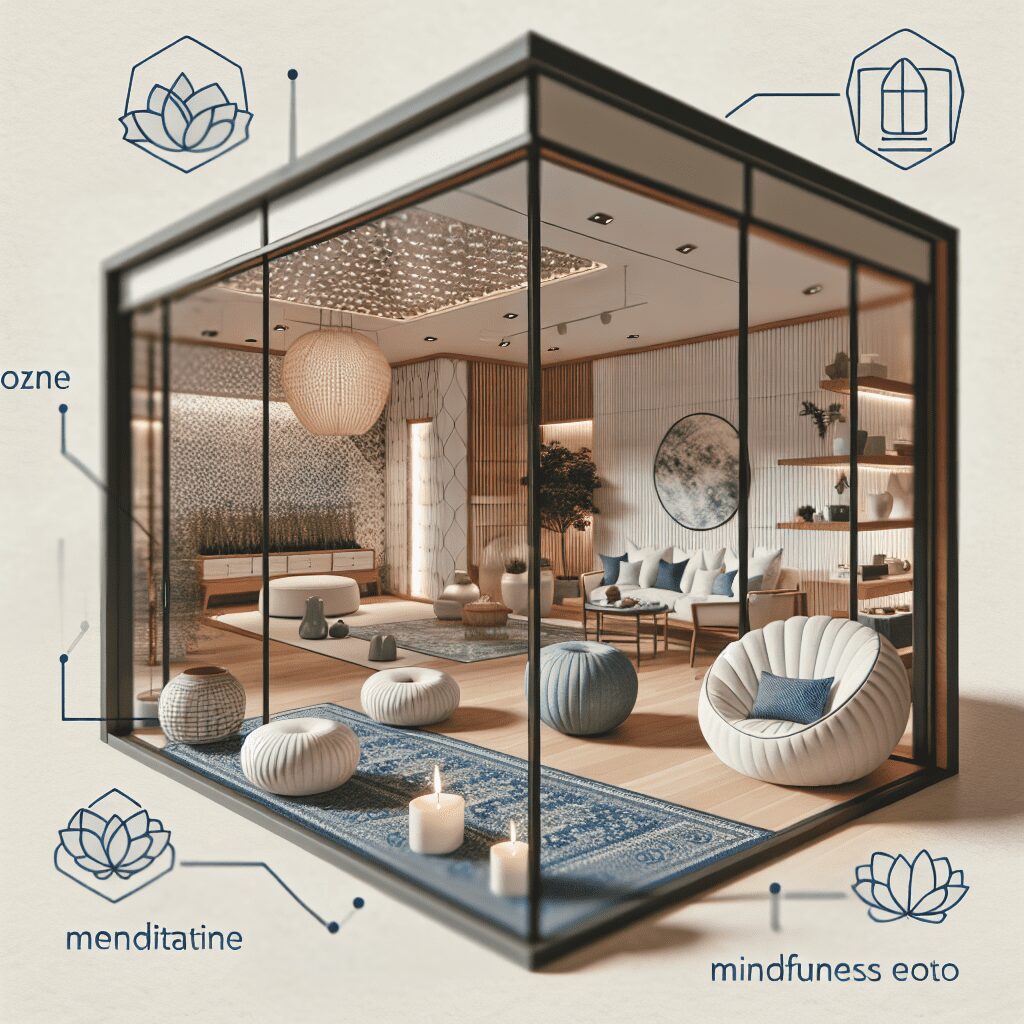
Prioritize your mental well-being daily. Enhance your life by nurturing your mental health with the Smart Meditation app. Break free from stress, alleviate anxiety, and enhance your sleep quality starting today.
How Body Image And Gender Roles In Disney Films Can Give Children Anxiety And Depression?
Delving Into Disney: The Impact on Young Minds
Disney movies, the bedrock of many a childhood, are woven with tales of adventure, magic, and dreams coming true. Yet, beneath the surface of these enchanting narratives lies a more complex tapestry that has sparked concern and debate. Critics point out that the portrayal of body image and rigid gender roles within these films can serve as a contributing factor to anxiety and depression among young viewers. So, let’s crack this nut open and see what’s really going on inside.
Mirror, Mirror on the Wall: The Body Image Conundrum
First off, Disney’s portrayal of body image often skews towards the fantastical and unattainable. Characters like Ariel, Jasmine, and even the chiseled Prince Eric present an idealized physique that, frankly, is as likely as finding a talking teapot. These exaggerated physiques can plant the seeds of insecurity in young minds, leading them to question their own appearances.
Consider this: when youngsters constantly see characters with impossibly slim waists and muscles that would make a bodybuilder weep, it’s no surprise they might start feeling inadequate about their own bodies. The diet culture messages subtly (or sometimes not so subtly) embedded within these narratives don’t help either. Phrases like “a moment on the lips, forever on the hips” not only rhyme but also stick, unfortunately aligning self-worth with waist size.
Playing the Part: Gender Roles Galore
Moving on to gender roles, Disney hasn’t exactly been at the forefront of diversity and inclusion. Traditionally, female characters were often depicted as damsels in distress, their ultimate goal in life seemingly to find their prince and live happily ever after. Meanwhile, male characters strutted around saving the day, flexing their biceps and their bravery in equal measure.
This portrayal sends a clear, yet misguided message: worth and success are tethered to traditional gender roles. Boys learn that showing emotion is a sign of weakness, while girls are subtly told that their value lies in beauty and finding love. These outdated stereotypes can lead to all sorts of confusion and pressure, laying a not-so-magical foundation for anxiety and depression.
So, What’s the Magic Formula?
Before you chuck your Blu-ray collection out the window, it’s worth noting that Disney has made strides in recent years. Films like “Frozen” and “Moana” have begun to challenge the status quo, featuring strong, independent female leads and themes of self-discovery and resilience. Nevertheless, there’s still a long road ahead.
Parents and guardians can play a crucial role in navigating these choppy waters. Engaging in open discussions about the content and messages in these films can help children understand and critically assess what they’re seeing. It’s about balancing the magic with a dollop of reality, essentially.
In addition, promoting diverse media consumption can expose children to a broader spectrum of stories and characters, providing a counterbalance to some of Disney’s more problematic narratives. Seeking out books, shows, and films that celebrate a variety of body types, embrace emotional expression across genders, and break away from traditional role constraints can sow the seeds of a healthier, more inclusive worldview.
Wrapping Up This Magical Journey
In the enchanted forest of children’s media, Disney movies are but one path. While they offer a treasure trove of imagination and wonder, they also come with their share of dragons to slay, in the form of unrealistic body images and rigid gender roles. By equipping our young adventurers with the tools of critical thinking and open dialogue, we can guide them through these woods, ensuring they emerge not just unscathed, but empowered. After all, the true magic lies in embracing who we are, dragons and all.





